5-Pin vs. 3-Pin
3-pin vs 5-pin: 3-pin offers simplicity in plugs and keyboard switches, ideal for residential and custom projects. 5-pin supports higher power and stability.
Among all modern electronic devices, the configuration of pins is unique for the roles they play in the functionality and safety of the device. Whether it's an electrical plug in your home or office or the switches of your mechanical keyboard, the number of pins-3 or 5-can make quite a difference in functionality and compatibility. This elaboration, therefore, describes in detail the differences that exist between 5-pin and 3-pin configurations regarding electrical plugs and mechanical keyboard switches to help in making an informed choice about both domestic and technical applications.
Electrical Plugs: 3-Pin vs. 5-Pin
3-Pin Electrical Plugs
3-pin plugs are very common for residential and light commercial applications, offering a perfect balance between simplicity and safety.
Construction and Parts: The plugs basically contain three important pins: one live to carry the current to the device, one neutral to return the current, and one earth for grounding purposes. The earth pin is a safety pin that saves people from the danger of electric shocks by allowing the surplus electricity to safely go to the ground.
Standard Applications: These are plugs that supply power for everyday household appliances, lamps, kitchen appliances, computers and peripheral office appliances such as printers and monitors.
Benefits: They have a simple design hence easy to work with and common in most wall outlets. Their earth pin allows them to be suitable in low to mid-power applications that require protection against electrical fault conditions.
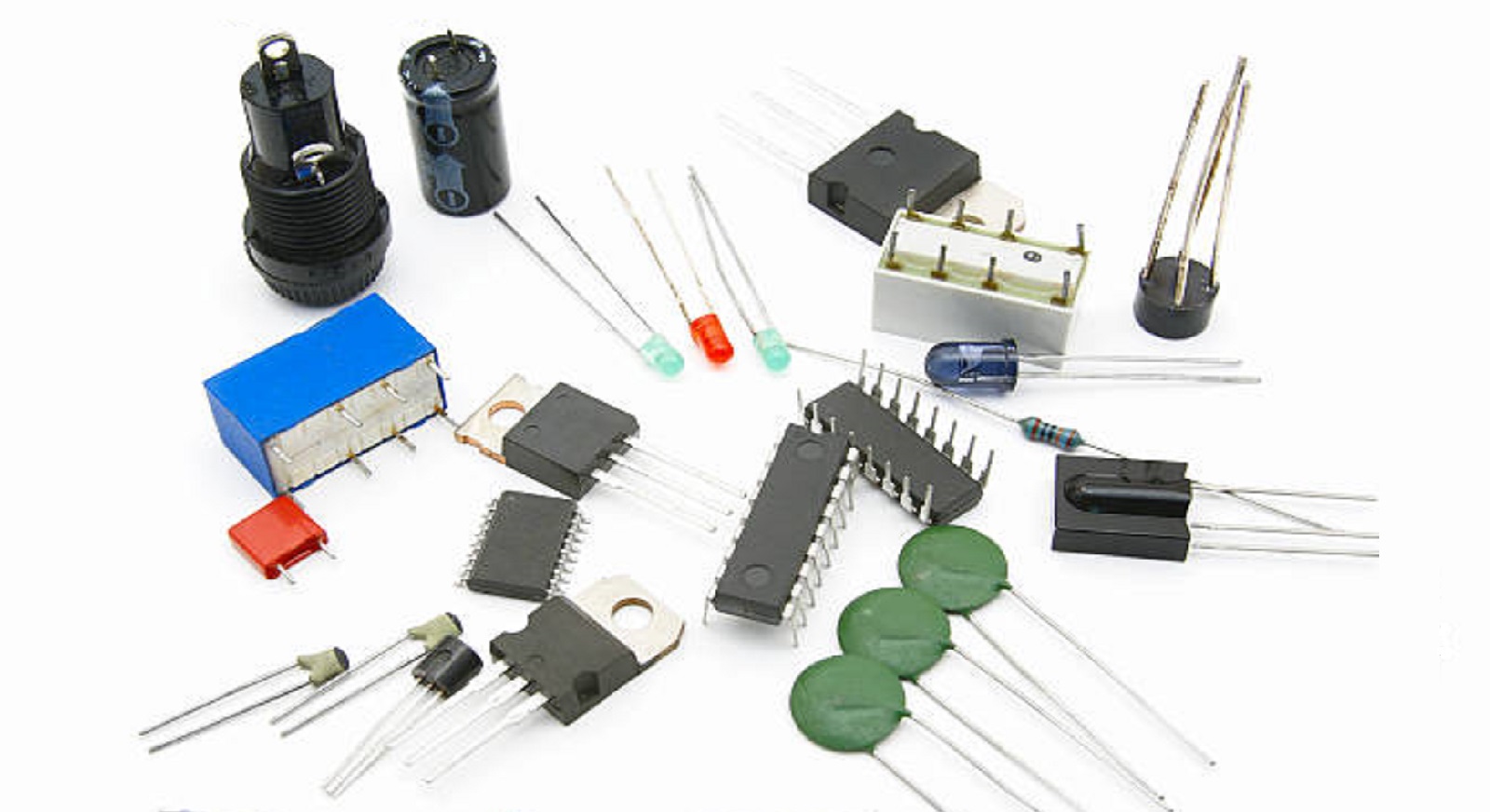
5-Pin Electrical Plugs
5-pin plugs are more specialized to deliver higher power and thus find their use in professional and industrial fields.
Structure and Components: Besides the live, neutral, and earth pins that 3-pin plugs have, 5-pin variants also contain other pins for handling multiple-phase electricity. These extra pins provide additional power phases to support more complicated electric systems, such as in three-phase power.
Typical Applications: They are normally applied in industrial equipment; they are the basis of machinery that requires very strong power, such as commercial ovens, industrial air conditioners, and heavy-duty power tools.
Advantages: They effectively distribute power across power-hungry applications by ensuring stability for high-powered appliances. Its design supports advanced electrical systems that promise performance consistency in heavy-duty applications.
Mechanical Keyboard Switches: PCB Mounted vs. Plate-Mounted
In the world of mechanical keyboards, switch configuration is critical to typing feel and keyboard stability. The decision between PCB-mounted and plate-mounted can affect both the production process and user experience.
PCB-Mounted (5-Pin) Switches
Composition: A PCB-mounted switch includes five pins: two metal pins for electrical connections, two additional plastic legs for structural support, and a central knob that aligns the switch with the circuit board.
Installation Process: Since these switches solder directly to a PCB, they're way much easier to install, keeping the switch fixed into place. Extra stability is obtained from guiding pins, allowing precision during the time it is set.
Stability and Usage: These switches, not having a metal plate underneath to support their action, would have a lighter feel and slight movement of the keys. This type of setup is commonly found in smaller keyboards where less force would be applied in bending and, therefore, does not need extra structural support.
Cost and Flexibility: PCB-mounted setups are normally less expensive, especially for custom keyboard projects when one may be trying to keep the cost lower.
Plate-Mounted (3-Pin) Switches
Construction: These are composed of three pins, with a middle knob carrying two metal pins for integration into the circuit. What differentiates them from their PCB-mounted counterparts is that they lack more plastic legs.
Installation Process: They are fitted on a metal plate overlaying the PCB; thus, soldering is required only when the switches fit into the plate. This metal plate provides the essential strength and retains the structural integrity along with the keyboard.
Stability and Usage: Plate-mounted switches are more stable, with less wobble, providing a more solid feel when typing. This rigidity in the switch mounting makes them ideal for larger keyboards, where additional support is necessary to prevent bending and enhance durability.
Durability and Cost: Generally more expensive due to the additional components and assembly, plate-mounted switches result in keyboards with longer life and a more premium feel.
Converting and Choosing Between 5-Pin and 3-Pin Switches
It is very easy to convert switches to fit into different configurations. In case one needs to fit a 5-pin switch to a 3-pin compatible board, extra plastic legs can be easily trimmed by using hobby cutters. However, one has to be very careful not to damage the metal pins important for functionality.
Installation Tips
Hot-Swappable Boards: These kinds of boards are designed to insert switches without soldering; they can take both 3-pin and 5-pin switch configurations. But practically, 3-pin is preferred in many cases because they are easier to manufacture and more compatible since there are fewer pins.
Careful Installation: The installation of switches in a board is done with caution, ensuring the pins are straight to avoid problems with connectivity. Do it gently and precisely to prevent damage and have proper alignment.
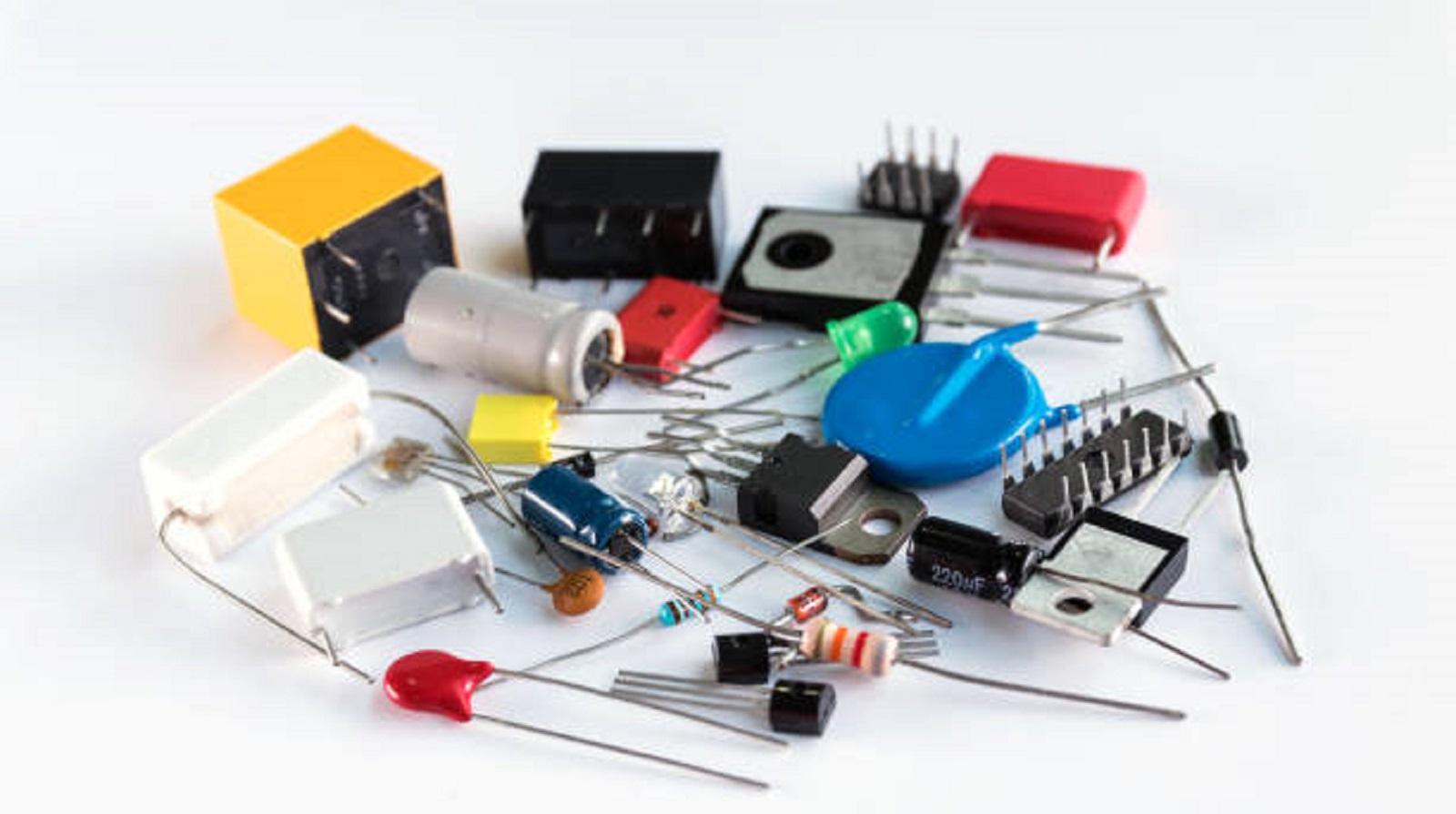
The choice between a 3-pin and 5-pin configuration, be it in electric plugs or keyboard switches, mainly relies on understanding what one wants or needs and what that equipment can offer. From electrical plugs, no doubt, a 5-pin electrical plug is irreplaceable industrially while being quite suitable for general residential use. On the keyboard side, 5-pin PCB-mounted switches provide adaptability and economy while plate-mounted 3-pin switches do provide further stability and quality for a better tactile experience. Understanding such differences will help you to make an appropriate decision in your pursuit of either a perfect workplace or comfort while typing.
Hot Tags:
Contact us

If you can't find what you're looking for, please contact us.
Article
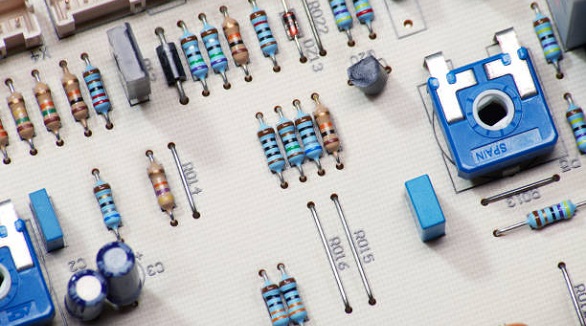
The 3.3K resistor is vital in electronics for current regulation, is widely available, and ideal in precision circuits, ensuring stability and cost-effectiveness.
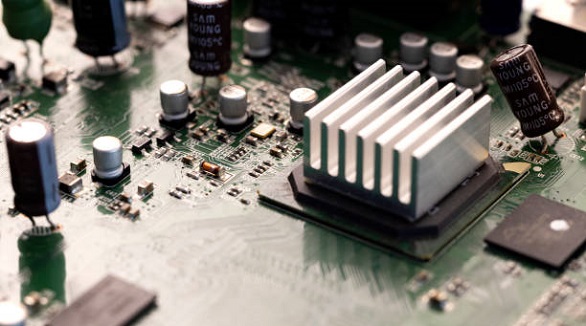
Capacitive circuits store and release energy, stabilize voltage, filter signals, and manage power flow, making them vital for modern electronic systems.
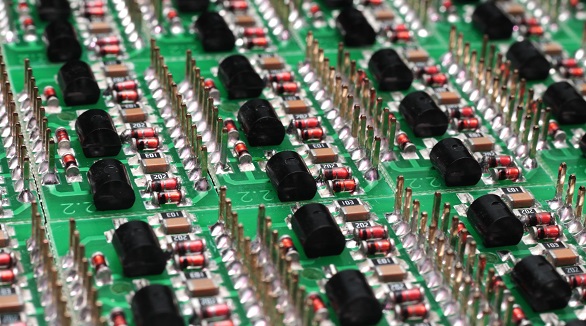
Burn-in boards are vital for testing semiconductor reliability, simulating stress to reveal defects, ensuring high-quality devices before mass production.